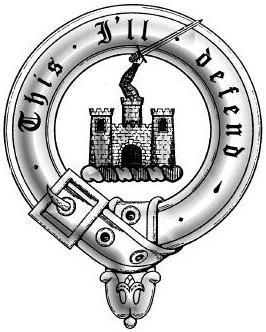St. Patrick is lost in holiday hoopla

St. Patrick's Day in the United States means clover-colored clothing, paper shamrocks, bagpipes, Irish folk music and dancing, corned beef and cabbage, green beer.
Often, the man of honor gets lost. At its core, the holiday is a holy recognition of St. Patrick's commitment to spreading Christianity throughout Ireland. It falls on March 17, the day he is believed to have died more than 1,500 years ago.
Over the centuries, Ireland's patron saint has become a mythical figure, widely pictured with a long beard, standing tall on the lush Irish coast in ceremonial robes, wearing a bishop's miter, holding a shepherd's staff. Snakes scatter from his feet.
It's an image that feeds into widely held misconceptions. To set the record straight:
-- St. Patrick wasn't Irish. There is disagreement about his precise birthplace, but it was somewhere in Roman Britain.
-- He didn't introduce Christianity to Ireland. St. Palladius was the first bishop to travel to Ireland to convert the pagans, who believed in many gods.
-- He didn't drive the snakes from Ireland. Geological studies have determined there were no snakes. The story symbolizes St. Patrick casting off paganism.
-- He likely never used the three-leafed clover to teach about the Holy Trinity, the belief that God exists as the Father, the Son and the Holy Spirit. That notion surfaced centuries after St. Patrick's death.
"There is a huge contrast between the historical St. Patrick and the legendary St. Patrick," said Dermot Quinn, author of "The Irish in New Jersey: Four Centuries of American Life" and history professor at Seton Hall University in South Orange, N.J.
"All sorts of things get folded into the memory of the saints."
The real deal
Historians reason that St. Patrick was the son of an aristocratic landowner, captured by marauders when he was about 16, taken to Ireland and made a slave. During six years sheepherding in relative solitude, he found God.
Patrick escaped and returned to Britain, but he longed to one day minister to the Irish. He studied for the priesthood and eventually was ordained a bishop. Sources vary on the timeline, but in the early 430s, Pope Celestine sent Patrick back to Ireland.
Patrick spent decades baptizing, founding churches and otherwise spreading Christianity. He may have died in his 70s, though some sources say he lived past 100.
Read the rest here




0 Comments:
Post a Comment
<< Home